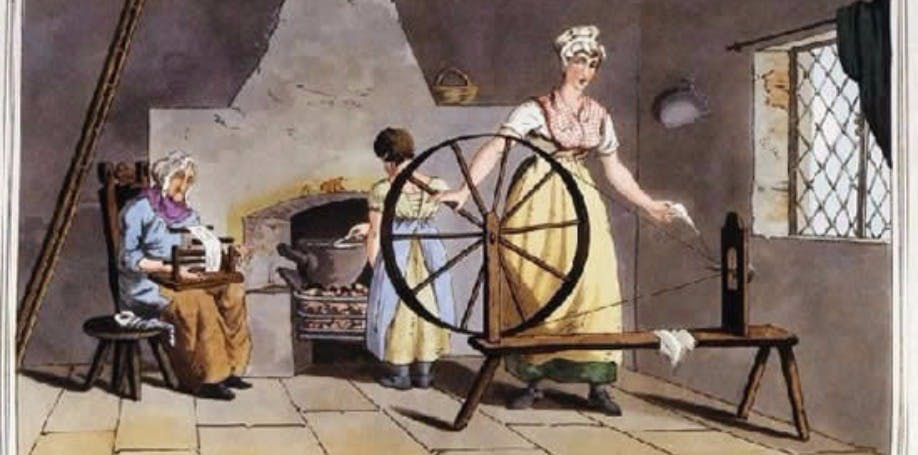Powerful chipper shredders are used to process waste materials, including wood. They depend on wear parts like blades, knives, hammers, and other parts to operate effectively. The lifespan of chipper shredder wear parts, the variables that affect it, and methods for extending their useful life are all covered in this article.
Factors Affecting the Lifespan of Wear Parts
The lifespan of chipper shredder wear parts depends on several variables. The abrasion and wear of intensive wood processing can be withstood and extended by high-quality materials like carbide and high-strength steel. Contrarily, low-quality materials might deteriorate quickly, necessitating frequent replacements and more extended downtime.
The frequency of use also has an impact on wear parts’ lifespan. Wear parts that are used frequently on a machine may deteriorate more quickly than wear parts that are used less frequently. Wear parts’ lifespan can also be impacted by the type and size of wood waste being processed. Hardwood and larger wood waste can wear down a machine’s parts faster than softwood and smaller wood waste, necessitating more frequent replacements.
How Long does Chipper Shredder Wear Parts Last?
Several variables affect how long chipper shredder wear parts last. According to the kind and size of the wood waste being processed, high-quality carbide-cutting tools like blades, knives, and teeth typically have a lifespan of 50 to 100 hours. Depending on the material quality and usage frequency, hammers and other wear parts can last several hundred hours or more. Regular maintenance, such as cleaning and sharpening blades, can extend the lifespan of wear parts and prevent premature wear and tear.
Extending the Lifespan of Chipper Shredder Wear Parts
There are several methods for extending the life of chipper shredder wear parts and lowering the required replacements. One way is to select premium wear parts of long-lasting materials like carbide and high-strength steel. The frequency of replacements is decreased because such wear parts are less likely to wear out quickly. Routine blade maintenance can avoid premature wear and tear, including cleaning, sharpening, and properly lubricating moving parts.
Using the chipper shredder properly can also help wear parts last longer. Operators should be careful not to overload the equipment and process wood waste in manageable sizes that the equipment can handle without putting undue strain on the parts. Operators should also be aware of wear and tear indicators on wear parts, such as dull blades, worn-out teeth, and cracked hammers. Avoiding further machine damage and shortening downtime by promptly replacing worn-out wear parts is possible.
Conclusion
In summary, various factors, such as the caliber of the raw materials, how frequently they are used, and the kind and quantity of wood waste being processed, affect the lifespan of chipper shredder wear parts. Hammers and other wear parts have a longer lifespan than high-quality carbide-cutting tools, lasting between 50 and 100 hours. Longevity and downtime can increase with proper upkeep, operation, and prompt replacement of worn-out wear parts. The longevity of chipper shredder wear parts can be increased by selecting premium wear parts made of robust materials and adhering to manufacturer recommendations.










